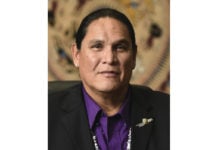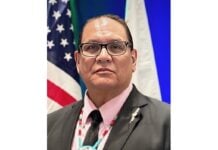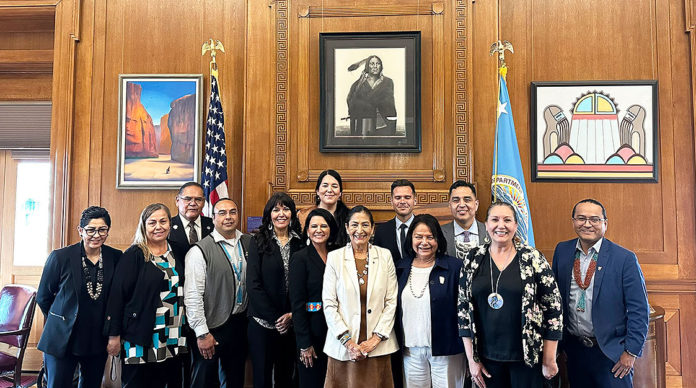WASHINGTON, D.C. – The Department of the Interior this week convened the Secretary’s Tribal Advisory Committee (STAC), marking the first time the group has met in person. The two-day meeting follows the bi-annual online sessions that have occurred following the establishment of the STAC last year.
The STAC was announced as part of the 2021 White House Tribal Nations Summit and launched in June 2022. The Committee provides the opportunity for appointed tribal leaders to have direct and consistent contact and communication with high-level Department officials to facilitate robust, pre-decisional discussions on intergovernmental responsibilities, exchange views, share information, and provide recommendations regarding Departmental policies, programs and funding that impact tribal nations.
During the two-day meeting facilitated by STAC Chair President Whitney Gravelle (Bay Mills Indian Community) and Vice Chair Chairwoman Erica Pinto (Jamul Indian Village), STAC members met with Secretary Haaland, Deputy Secretary Tommy Beaudreau and White House leadership. Leaders from across the Department also met with the STAC, including representatives from the Indian Water Rights Office and the offices of the Solicitor, Assistant Secretaries of Fish and Wildlife and Parks; Indian Affairs; Land and Minerals Management; and Policy, Management and Budget.
STAC members participated in sessions to develop recommendations on co-stewardship, broadband/spectrum, treaty rights, rights-of-way on tribal lands, the fee-to-trust process, public safety, and efforts to combat the crisis of Missing and Murdered Indigenous Peoples. They also received updates on tribal funding opportunities provided through President Biden’s Investing in America Agenda. The Bipartisan Infrastructure Law invests more than $13 billion directly to tribal communities across the country. This critical funding will repair roads, bridges and rails, expand access to clean drinking water, and advance environmental justice.
The STAC is composed of a primary tribal representative from each of the 12 Bureau of Indian Affairs Regions (BIA), and one alternate member from each region. The members are appointed on a staggered term for up to two years.















































